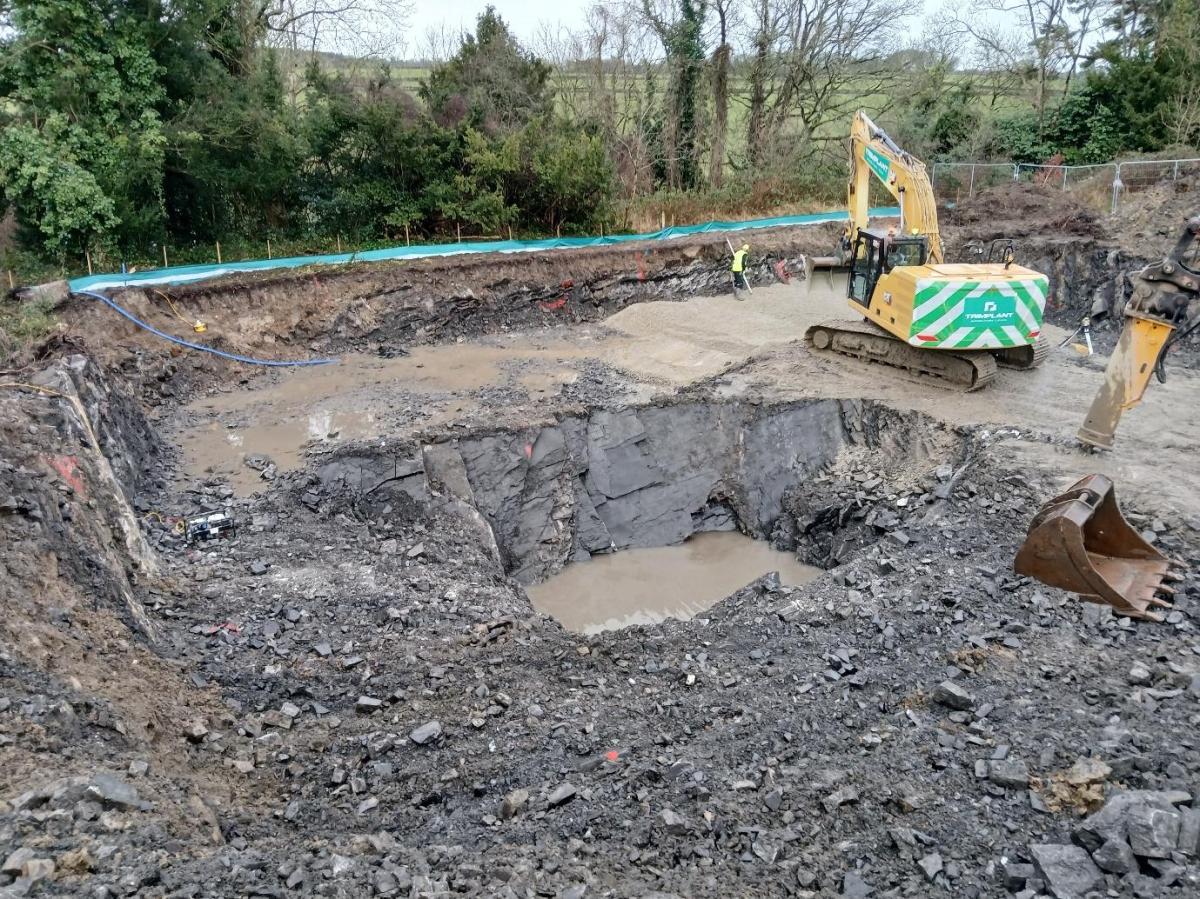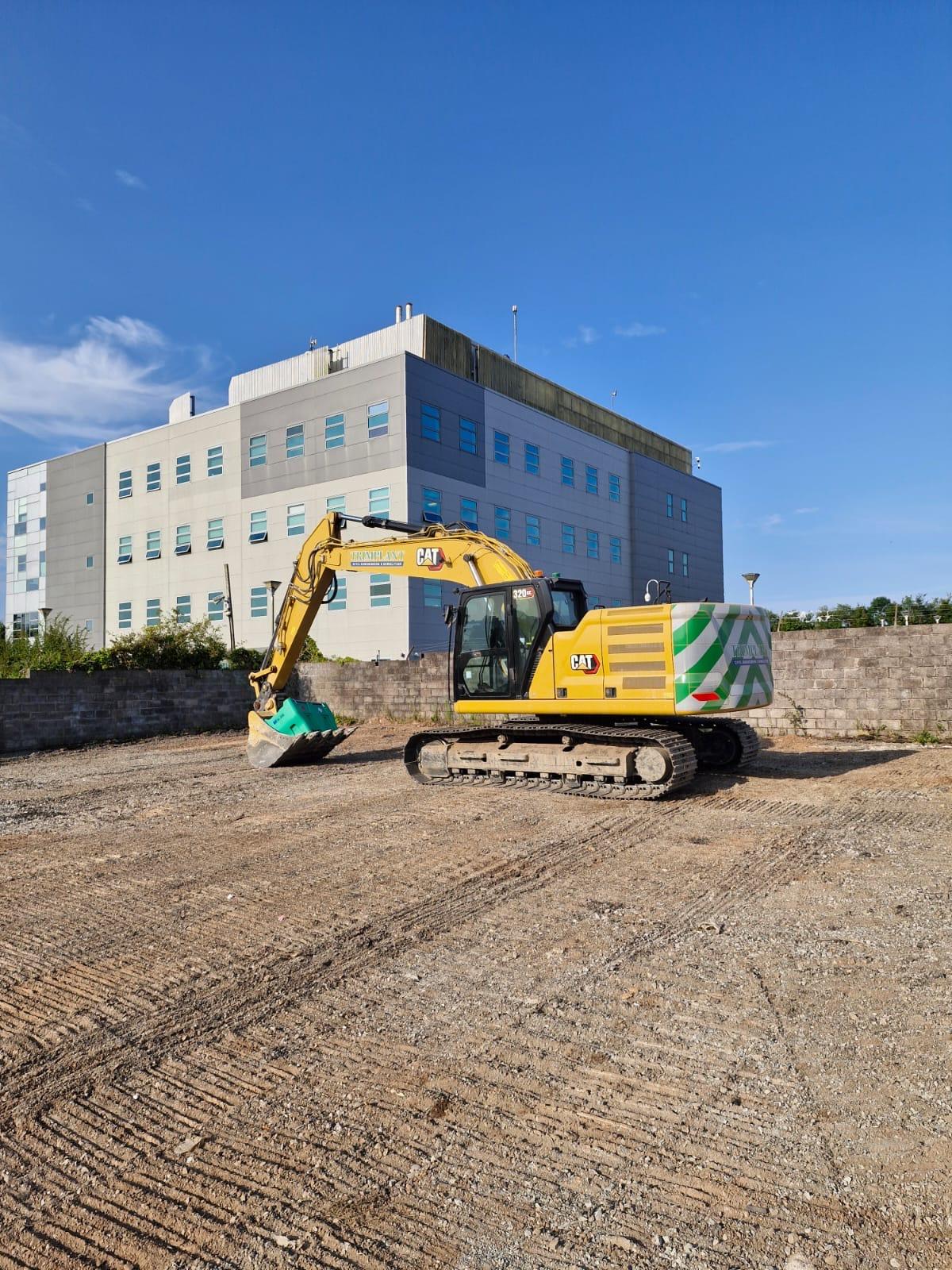Best Practices Used By Top Demolition Contractors In Ireland For Safe Projects
A demolition job requires proper planning and execution without flaw, with a focus on safety, efficiency, and environmental accountability. The contractors have employed well-tried strategies that mitigate risks and ensure strict adherence to laws and regulations. This blog outlines the key best practices that can help these professionals deliver flawless results. These are the strategies employed by leading demolition contractors in Ireland to maintain their reputation for delivering successful, safe demolition projects.
Why Following Best Practices Is Critical for Demolition Success
Demolition involves more than tearing down structures. It requires a holistic model where safety, environment protection, and trust of the people shall be given priority. The described practices are guidelines that are enforced in the organisations of top contractors to achieve excellent results and prevent costly failures or delays.
Meticulous Site Assessment and Planning

A comprehensible site evaluation forms the pillars of any safe demolition project. The contractors hire and involve structural engineers and surveyors to assess the building's stability, identify concealed risks, and survey connected utilities. This is the first step that can identify the following difficulties, such as asbestos, poor foundations, or structures that are under protection and require exceptional treatment.
Planning extends beyond site analysis to include a breakdown of the times and resources to be utilized. Teams are prepared to implement contingency plans for unexpected problems and work smoothly. Once these plans are laid down in advance, the demolition is done effectively and at minimal risk to both the workers and the community living nearby.
Regulatory Compliance and Permitting
In Ireland, there are stringent requirements regulating demolition exercises; therefore, it is essential to ensure that they are adhered to. Experienced contractors do not begin any work without attaining the necessary permits and clearances. These are waste disposal licences, building consents, and traffic management agreements. Life submissions to local authorities will provide detailed information on how noise, dust, and debris will be regulated.
Regular surveillance prevents operations that would be unlawful, and it demonstrates that operators prioritize the community's security. Compliance with the standards of the Health and Safety Authority (HSA) also eliminates the risk of punishment or defamation of clients. Such discipline safeguards every person upon implementing project implementation to project completion.
Comprehensive Risk Assessments
Risk assessment is crucial in determining the potential risks associated with an individual project. The contractors prepare risk registers, taking into account parameters such as the building's condition, its surroundings, and environmental sensitivities. This is a process of classifying risks and providing guidance on methods to counter them.
Protective strategies can include dust suppression systems, vibration checks, and temporary structural supports. The toolbox talks and daily briefing sessions make sure that all team members are aware of the changing state of the site. This active information flow will prevent accidents and foster a high safety culture on the site.
Health and Safety Training and PPE

When money is invested in sound training programs, workers will be prepared to face challenges safely. Employees are trained on how to work safely around heavy machines, in confined spaces, and with hazardous materials. Every person on the team knows what they are expected to do to ensure that an unsafe site remains safe.
Quality personal protection gear, such as helmets and gloves, as well as high-visibility clothing, must be worn at all times. Regular drills reinforce emergency protocols and keep skills sharp. This comprehensive approach to safety instills confidence throughout the workforce and significantly reduces incidents.
Controlled Demolition Techniques
Controlled demolition methods offer precision and minimize disruption. Approaches such as selective demolition, mechanical demolition, and remotely controlled machinery enable contractors to safely and effectively demolish buildings. Directional collapse planning also prevents damage to neighboring buildings.
Dust is controlled by water sprays and misting systems, allowing material to be removed cleaner through debris chutes. This approach supports both worker safety and environmental protection. The accuracy of execution also contributes to an improved recovery of recycling materials, which is consistent with contemporary sustainability objectives.
Hazardous Material Handling and Disposal
Dealing with hazardous substances requires specialized expertise. Teams that feel an obligation to remove materials such as asbestos, lead, and PCBs are licensed to operate under strict protocols that govern the method of containing and disposing of these materials. Work areas are isolated, and air quality should be checked to prevent the repercussions of the contamination leaking outside the area.
Safe movement to registered disposal sites safeguards the greater society and is strictly in accordance with environmental standards. This is designed to protect the workforce and strengthen the relationship of trust among clients who would require residential demolition services to be conducted professionally.
Dust and Noise Mitigation Strategies
It is necessary to control dust and noise to maintain good relations with nearby residents and businesses. Contractors have implemented misting systems, noise barricades, and limited working hours to minimise the effects of their operations.
Regular monitoring ensures compliance with agreed thresholds. Timely corrections not only help keep projects on schedule; they also prevent complaints and fines. These actions demonstrate a concern for societal welfare and a responsible approach to urban development.
Robust Traffic and Pedestrian Management
Demolition sites also require proper control of traffic and people in the busy cities. To facilitate vehicle movement, contractors establish controlled access points and clearly mark signage. Qualified staff monitor this area to ensure the safety of employees and the general public.
Short-term diversion of footpaths and installation of protective barriers help reduce exposure to pedestrians. Cooperating with local authorities ensures the effective arrangement of road closures or restricted parking. Good traffic planning must ensure that operations run smoothly and prioritise the safety of all persons around.
Site Security and Emergency Preparedness
Security at the site minimises theft, vandalism, and unauthorised entry. The first line of defence is comprised of fencing, gates, and CCTV systems. Motion-activated lighting enhances security during non-operational hours.
Emergency preparedness plans include procedures that cover fire, spills, or structural failures. Teams train regularly to respond quickly and effectively. Additional insurance is provided by the on-site first aid and firefighting facilities, ensuring that all emergency cases are promptly addressed.
Conclusion
Trimplant is the leading demolition firm in Ireland, with a strong emphasis on experience, accuracy, and a safety-oriented approach. Our crew provides custom solutions for projects of any size, ensuring they comply with laws and are environmentally responsible. We offer excellent demolition services for both residential and complex commercial properties. Contact us today to start your safe and efficient demolition journey.